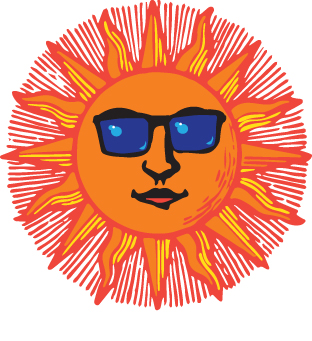Top 10 summer sun safety tips
by Dr. Erica Kelly, UTMB Dermatologist

- Reapply your sunscreen. Sunscreen lasts only about two hours—80 minutes if you are getting wet and using a water-resistant sunscreen. If you towel off at any point, reapply then.
- Use broad-spectrum sunscreen. Two types of UV light harm your skin: UVA rays (wrinkling, age spots and skin cancer) and UVB rays (burns and skin cancer). Protect your skin from both.
- Avoid mid-day sun. If your shadow is shorter than you are, you should not be outside. The sun’s rays are strongest between 10 a.m. and 4 p.m., and a light-skinned person can become sunburned in less than 15 minutes.
- Wear sun-protective clothing. A long-sleeve rash guard can block 98 percent of UV radiation. Add a hat, and you’re well protected.
- Apply SPF 50. The American Academy of Dermatology recommends SPF 30, but I recommend SPF 50 because the average person doesn’t apply enough, resulting in less effective protection.
- Remember: rays reflect. Remember that the sun reflects up off of water, sand and snow. So, apply sunscreen to your face even if you wear a hat.
- Don’t forget lips. Use SPF lip balm. We see lots of cancers on lips, ears and noses.
- Avoid purposefully tanning. There’s no such thing as a healthy tan. If you must, use a self-tanner – there are many types available.
- Get an annual skin check. The trained eye of a dermatologist can spot abnormal moles and catch possible skin cancers before it’s too late.
- Take a supplement. As backup to sunscreen, try sun protection in a pill. Look for oral capsules that contain extract of polypodium leucotomos, a tropical fern from South America that’s been shown to provide an SPF of 4 to 8.